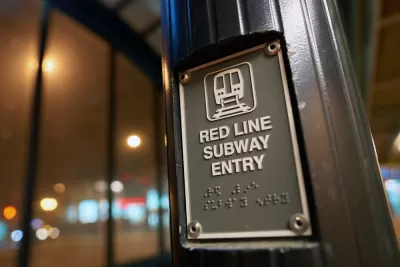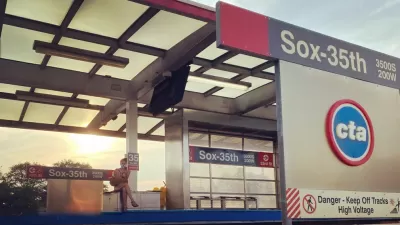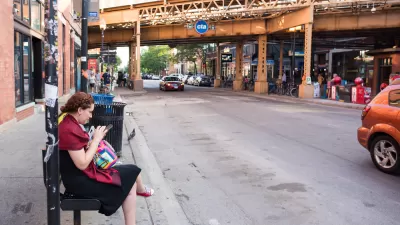The long-anticipated project that will bring the Chicago Transit Authority rail system into transit deserts on the Southside of Chicago is making substantial progress.

[A December 14 article by Fran Spielman updates this story with the news that the TIF was approved by the city of Chicago.]
“A decadeslong plan to extend the Chicago Transit Authority’s Red Line south to 130th Street passed out of the City Council’s finance committee Monday with only one alderperson rejecting the plan, which will go before the full City Council this week,” reports Claudia Morell for WBEZ.
The project will be financed in part by tax increment financing (TIF), contributing $950 million toward the total price tag of $3.6 billion. The City Council needs to approve the TIF by the end of the year to tap into federal money for the project, according to Morrell. Some alderman are concerned that the state isn’t contributing to the project. Some local residents expressed concern about how the project would affect their property tax bill, according to the article.
“The 5.6-mile extension would add four new stations near 103rd Street, 111th Street, Michigan Avenue and 130th Street. The rail line would be elevated from 95th Street, where it runs along the highway, and will connect areas such as the Roseland medical center and commercial corridor,” explains of the project.
As noted by Planetizen in September when the project cleared environmental review, the Red Line is expected to be a game changer for neighborhoods long underserved by public transit.
More from Planetizen on the Red Line extension:
- One Big Step Forward, One Small Step Back for Chicago Red Line Extension (December 2020)
- Red Line Extension Plans Released in Chicago (January 2018)
FULL STORY: A plan to expand Chicago’s Red Line south with TIF money passes a key council committee

Alabama: Trump Terminates Settlements for Black Communities Harmed By Raw Sewage
Trump deemed the landmark civil rights agreement “illegal DEI and environmental justice policy.”

Planetizen Federal Action Tracker
A weekly monitor of how Trump’s orders and actions are impacting planners and planning in America.

Why Should We Subsidize Public Transportation?
Many public transit agencies face financial stress due to rising costs, declining fare revenue, and declining subsidies. Transit advocates must provide a strong business case for increasing public transit funding.

Understanding Road Diets
An explainer from Momentum highlights the advantages of reducing vehicle lanes in favor of more bike, transit, and pedestrian infrastructure.

New California Law Regulates Warehouse Pollution
A new law tightens building and emissions regulations for large distribution warehouses to mitigate air pollution and traffic in surrounding communities.

Phoenix Announces Opening Date for Light Rail Extension
The South Central extension will connect South Phoenix to downtown and other major hubs starting on June 7.
Urban Design for Planners 1: Software Tools
This six-course series explores essential urban design concepts using open source software and equips planners with the tools they need to participate fully in the urban design process.
Planning for Universal Design
Learn the tools for implementing Universal Design in planning regulations.
Caltrans
Smith Gee Studio
Institute for Housing and Urban Development Studies (IHS)
City of Grandview
Harvard GSD Executive Education
Toledo-Lucas County Plan Commissions
Salt Lake City
NYU Wagner Graduate School of Public Service




























